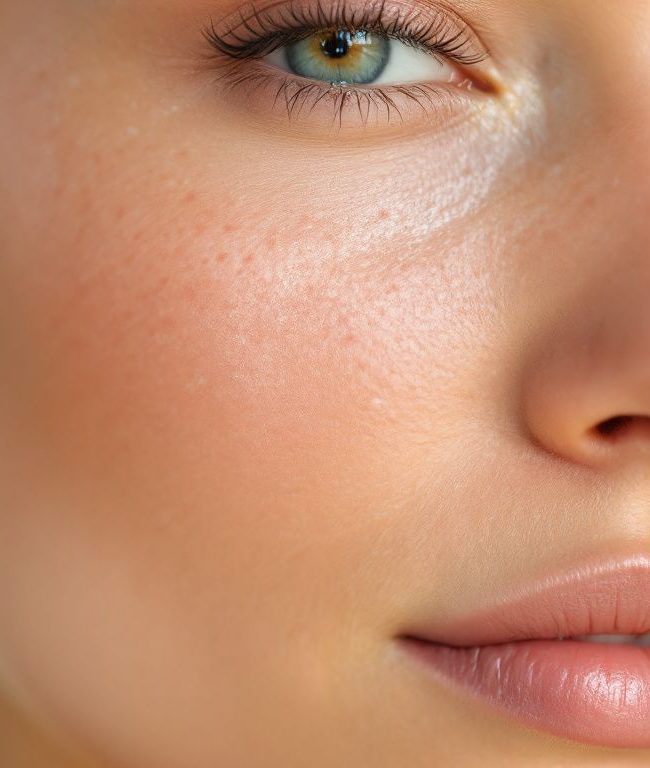- July 9, 2025
- Pregnancy-Safe Skincare, Specialized Care, Women's Skincare
- 7 Mins Read
Special Guide: Anti-Aging Skincare During Pregnancy
- July 9, 2025
- Pregnancy-Safe Skincare, Skincare Basics, Women's Skincare
- 7 Mins Read
Understanding Skin Aging During Pregnancy: A
- July 9, 2025
- Pregnancy-Safe Skincare, Skincare Basics, Women's Skincare
- 6 Mins Read
How to Build a Pregnancy-Safe Skincare
- admin
- October 26, 2024
- Anti-Aging guide
- 5 Mins Read
Ultimate Guide to an Anti-Aging Routine
- admin
- October 27, 2024
- Women's Skincare, Skincare Basics, Specialized Care
- 7 Mins Read
Your Exclusive Guide: How to Use
- admin
- October 27, 2024
- Moisturizers Explained
- 7 Mins Read
Anti-Aging Tips for Sensitive Skin: Navigating
- admin
- October 27, 2024
- Moisturizers Explained
- 7 Mins Read
Clean Beauty Anti-Aging Products: Go Green
- admin
- October 27, 2024
- Moisturizers Explained
- 6 Mins Read
The Secret to Finding the Right
Special Guide: Anti-Aging Skincare During Pregnancy and
- admin
- July 9, 2025
- 7 Mins Read
- 1508 Views
- 0 Comments
Understanding Skin Aging During Pregnancy: A Life
- admin
- July 9, 2025
- 7 Mins Read
- 1371 Views
- 0 Comments
How to Build a Pregnancy-Safe Skincare Routine
- admin
- July 9, 2025
- 6 Mins Read
- 1261 Views
- 0 Comments
The Impact of Indoor Lighting: Aging, Environment,
- admin
- July 9, 2025
- 7 Mins Read
- 1285 Views
- 0 Comments
How Hyaluronic Acid Keeps Your Skin Plump
- admin
- July 9, 2025
- 7 Mins Read
- 1558 Views
- 0 Comments
The Science of Skin Hydration Levels: Cracking
- admin
- July 9, 2025
- 7 Mins Read
- 1254 Views
- 0 Comments
The Climate Challenge of Humidity Aging
- admin
- July 9, 2025
- 6 Mins Read
- 1342 Views
- 0 Comments
ABOUT ME

Fusce mauris auctor ollicituder teary iner hendrerit risusey aeenean rauctor pibus doloer.
FOLLOW ME ON
[xs_social_counter provider="facebook,twitter,instagram,youtube" class="bloxer-social-counter-style-2"]
LATEST POSTS

- July 9, 2025
How to Build a Pregnancy-Safe Skincare Routine
[instagram-feed num=9 cols=3]
RECENT POST
- July 9, 2025
- Pregnancy-Safe Skincare, Specialized Care, Women's Skincare
Special Guide: Anti-Aging Skincare During Pregnancy and Nursing
Taking care of your skin during pregnancy doesn't mean giving up on cosmetic- July 9, 2025
- Pregnancy-Safe Skincare, Skincare Basics, Women's Skincare
Understanding Skin Aging During Pregnancy: A Life Stage Guide
Pregnancy skin changes are a real thing, and they're fascinating, bewildering, and sometimes- July 9, 2025
- Pregnancy-Safe Skincare, Skincare Basics, Women's Skincare

























